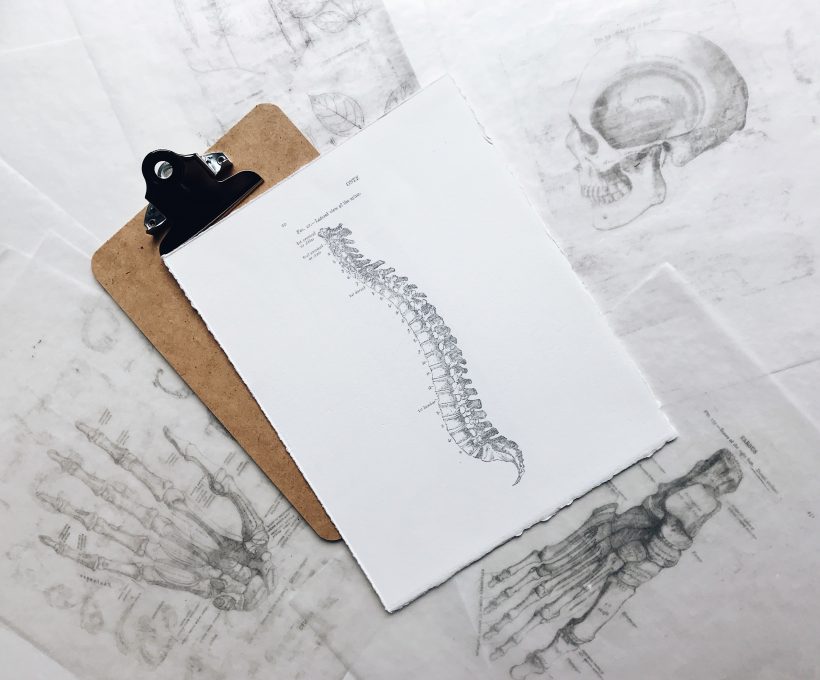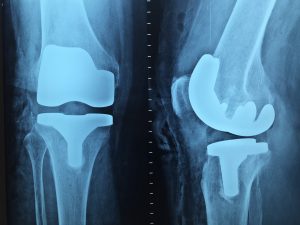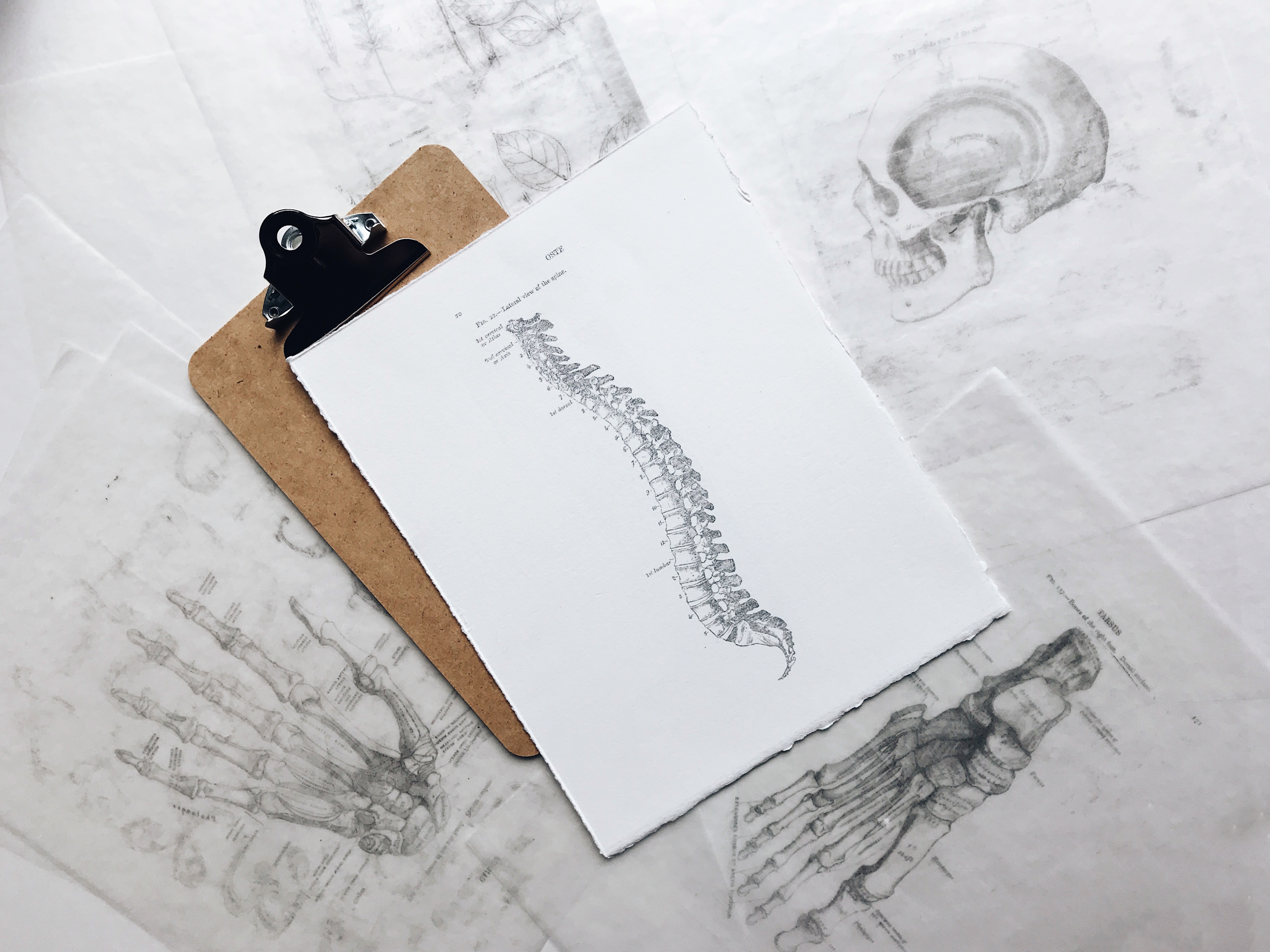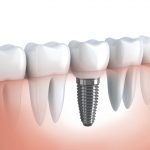
Many people have problems with the locomotor organs, sometimes they wonder which doctor to go to. This is the field of medicine that an orthopedist deals with. In addition to the treatment of locomotor organs, the orthopedist also has several other powers. Therefore, it is worth knowing what exactly the orthopedist does and when to go to him for help immediately.
What does an orthopedist do?
Generally speaking, the orthopedic surgeon is primarily concerned with diagnosing, distinguishing and treating malformations of diseases that affect the locomotor system. This applies mainly to the treatment of limb and spine injuries. It is one of the basic and at the same time the most frequently chosen specialties by future doctors.
Additionally, as part of his specialization, the orthopedist also deals with the treatment of such parts of the body as:
- thighs;
- hip;
- shin;
- knees;
- pelvis;
- shoulder;
- elbow;
- hand;
- arm.
On the other hand, other tasks of the orthopedist include recognizing diseases and diseases related to the locomotor system. These include, among others, degenerative changes, all kinds of injuries such as sprains and fractures, flat feet, discopathy, hernia, posture defects, bone diseases such as cancer and many others. There is a reason why the orthopedist is commonly called a “bone doctor”.
What additionally is the orthopedist’s job?
In addition to the basic tasks of the orthopedist, which are the diagnosis and treatment of diseases and diseases, the orthopedist has a number of other duties. They are established according to the official government classification. These include:
- conducting additional tests to determine the type of disease or disease of the locomotor system;
- conducting invasive tests – we are talking here primarily about biopsy and arthroscopy;
- collecting materials necessary for a properly conducted examination;
- providing emergency assistance in emergency situations – this may include a sprain or breakage of a person met by chance on the street;
- performing local anesthesia, inter alia, before surgery;
- taking care of medical documentation – issuing applications, certificates and prescriptions;
- surgical treatment and post-operative patient care;
- conducting rehabilitation and establishing a diet for patients after surgery;
- starting cooperation with the operational team.
Children’s orthopedist – what does he do?
Although it may seem unlikely to some people, the orthopedic surgeon is divided according to the age of the patients treated. A children’s orthopedic doctor deals with diseases of the motor system in children and infants. Its main tasks include the diagnosis and implementation of treatment of birth defects in children. They can include, among others:
- congenital ankle defects;
- foot disorders;
- back problems;
- congenital defects of bone structure, e.g. hand bones.
In the youngest patients, diseases of the locomotor system are most often the result of cerebral palsy. Moreover, cancer of cartilage and bone tissue is more and more common in children. Often in children there are also various types of posture and spine structure defects, which also require treatment and observation of a pediatric orthopedist.
What tests do orthopedics carry out?
 Before starting the treatment of a given disease, or even the diagnosis, the orthopedic doctor first conducts a short interview with the patient. It consists in telling your history of diseases related to the locomotor system, ie whether there were any fractures or sprains in the past, whether there were any diseases of the skeletal system, etc. Then the orthopedist orders a number of tests necessary to make a diagnosis. They include:
Before starting the treatment of a given disease, or even the diagnosis, the orthopedic doctor first conducts a short interview with the patient. It consists in telling your history of diseases related to the locomotor system, ie whether there were any fractures or sprains in the past, whether there were any diseases of the skeletal system, etc. Then the orthopedist orders a number of tests necessary to make a diagnosis. They include:
- taking an X-ray image of the spine or any other part of the body that the patient is complaining about;
- ultrasound examination;
- computed tomography of the head;
- performing magnetic resonance imaging;
- arthrography;
- densitometry – consists in measuring the mineral density of bone tissue;
- radiological examination.
Occasionally, the orthopedist may also order a morphology test. Based on the results of the above-mentioned tests and the collected information on the history of diseases of the locomotor system of a given patient, the doctor may make further decisions. They include sending the patient to the hospital for observation, surgery, or issuing an appropriate prescription and recommending a set of exercises for a given body part.
Methods of treating orthopedic diseases
If it is found necessary to treat a given condition, there are several methods that the orthopedist may use. Belong to them:
- Physiotherapeutic treatments – these include electroshock, currents, massages and specific rehabilitation exercises under the supervision of a trainer;
- Invasive Surgical Treatment – In some cases, physiotherapy may not be effective. Then it may be necessary to use invasive methods, such as local or general cryotherapy. Thanks to the use of cryotherapy, it is possible to eliminate pain, reduce inflammation and stimulate blood circulation in the place where the patient complains of pain;
- The method of using stem cells – the method used mainly in athletes consists in injecting stem cells from the adipose tissue of a given patient in specific places.
Sprawdź koniecznie
-
What are dental implants?
dental implantology In science to this day, there is a dispute between supporters of two…
-
What requirements must safety clothing meet?
Every person working in production halls or in warehouses has encountered the definition of safety…
-
What dress to go to the wedding in?
Finding the perfect dress for a wedding party is a real challenge for many women. Everyone…
-
What do I need to set up a transport company?
It cannot be denied that times are less and less certain and everyone is looking…
-
Features and benefits of company insurance
If you run a business, you probably realize that it usually comes with greater or…








